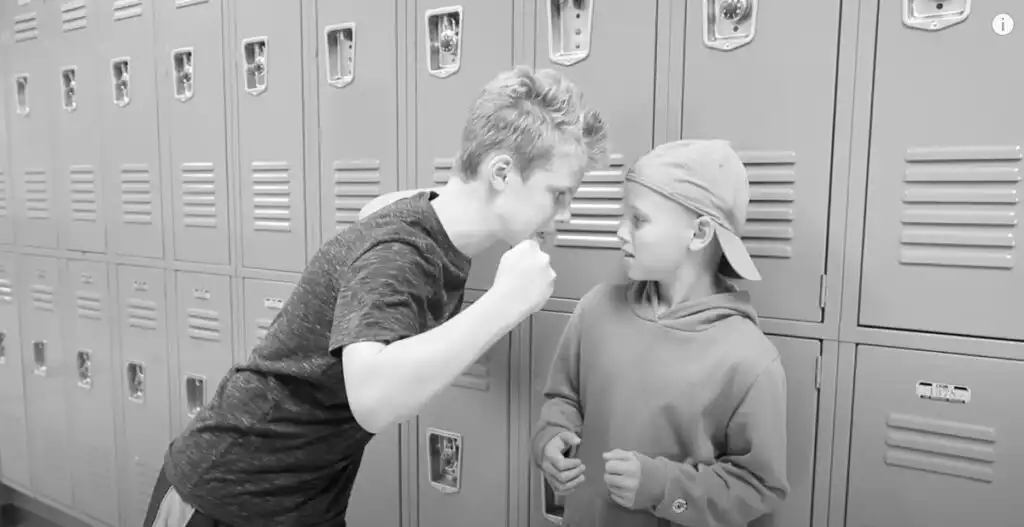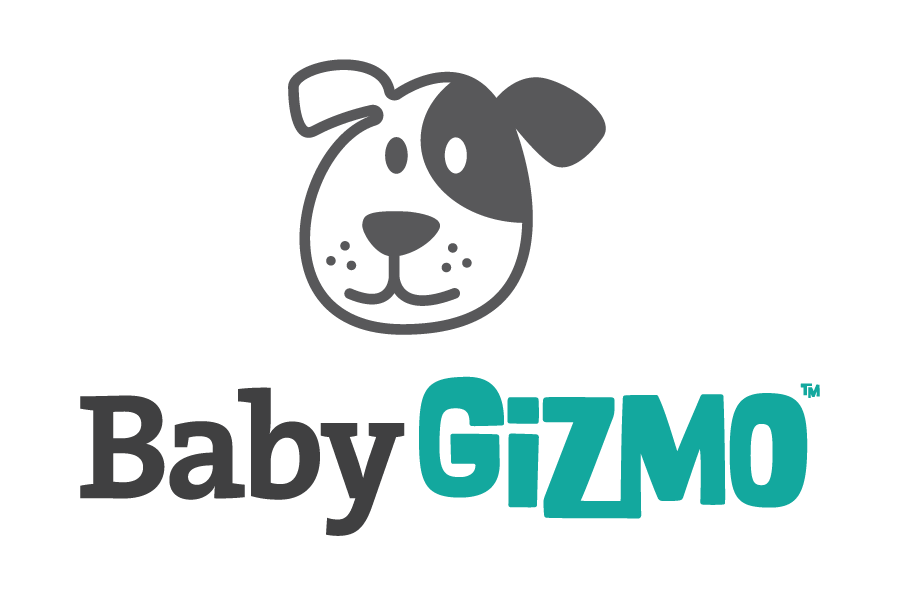You know something? Kids can be mean. Little kids, big kids, tween kids, teen kids—you name an age group, and the kids in it can behave in unkind ways.
When they’re little, we chalk it up to their stage of development, and we guide them on how to use their words and not their bodies, and how to use kind words. And generally, the people we’re interacting with are empathetic when they are (or their child is) on the receiving end of some less than desirable behavior.
The older kids get, and the more they begin interacting with their peers with less adult supervision, the less any unkind or mean behavior is tolerated. As a matter of fact, not only is it less tolerated, it’s actually more likely to be handed a very negative label: bullying. The problem is, what is often being labeled as bullying isn’t actually bullying. And we’re doing our kids a disservice by identifying all unkind and mean behavior as severe enough to warrant that label.

I wasn’t bullied when I grew up, but I am still grateful that we now recognize that the behaviors that truly define bullying are bad, damaging, and are not—and should not—be a normal part of growing up. Was I picked on and teased sometimes? Yup. When I sat down to write this post, my mind flashed back to an insult that hurt so much that I still remember it twenty-five years later. Clearly it stung. But it wasn’t an insult that was repeated by the kid who said it off-the-cuff one time, or by any of my other classmates, nor was it a pattern of mean or abusive behavior. This kid just happened to spit out a mean comment that nailed a major insecurity and it really hurt. Stuff like this is part of growing up; kids explore the effects that their words have and the power they themselves have over other people. In theory, they will learn to use both responsibly.
If we can acknowledge that, to some degree, part of growing up means that our kids are going to have their feelings hurt and that they are going to hurt the feeling of others, how do we know when adult intervention is warranted? (I mean the heavy-duty kind of intervention. Not the kind where we find out that our second-grade child has told their friend the day before their birthday party that “We’re not friends any more and you can’t come to my party,” and the adults help the children navigate the fallout. Not that I know anything about that…).
Let me share with you an article by Signe Whitson that I read a few years ago. When I came across it, it made me so happy to read. I had been growing more and more irritated about the fact that we seemed to be calling every instance of one child being mean to another “bullying.” And I’ve only gotten more frustrated by this as my daughter has come home from school parroting the same message. Part of me wants to recognize that that’s due in part to her age; I’ve heard her repeat messages I’ve given her and it’s like they went through a whole game of Telephone. However, I also know in this case that her understanding of “bullying” as “meanness” is actually due to the messaging she’s hearing.
In the article, Whitson quotes something shared by author and speaker Trudy Ludwig. Ludwig credits a school in Wisconsin for using this guide to help their school community understand different levels of hurtful behavior. Here it is:
- Rude behavior is unintentionally hurtful, and it’s done just once.
- Mean behavior is intentionally hurtful, but it’s done just once.
- Bullying behavior is intentionally hurtful behavior done over and over again, even after you’ve told the person to stop or shown them you’re upset.
Whitson uses this framework a bit differently, for example: allowing for more than one offense in the “rude” category. As she explains, it’s important to take context into account. Rude behaviors (cutting in line, shoving crushed leaves in someone’s face) that could be part of a pattern of bullying usually aren’t anything other than plain old rude because they’re the outcome of unplanned, spontaneous, thoughtlessness.
However, she agrees that “mean” behavior only happens once—twice, tops. She points out that it can be extremely hurtful to children on the receiving end, and that adult intervention that holds the child who his behaving meanly accountable can make a huge difference for young people.
Both Whitson and Ludwig share that, according to experts, there are three things that set bullying apart from rudeness or mean behavior: there is an intent to harm, a power imbalance, and repeated aggression and/or the threat of further aggression. That’s why a child who experiences the rude or mean interpersonal behavior that can be just part of growing up—albeit a totally unfun part that we wish we could protect our kids from—is not experiencing bullying.
Now, don’t get me wrong: meanness should not be encouraged just because “it’s part of growing up,” but just like toddlers are still learning that hands aren’t for hitting, kids of all ages are still figuring out what it means to be friends (and have other relationships) at different stages of their lives as they continue to grow and develop—and it’s not always smooth going. You know what that means? Sometimes, someone (maybe even your child) is going to behave meanly. Sometimes, someone (maybe even your child) is going to get hurt. And sometimes—a lot of the time actually—that’s all part of growing up and figuring out how to be in relationship with other people.
As National Bullying Prevention Month winds down, let’s take some time to learn how to recognize the difference between being just plain mean (or simply rude) and bullying behaviors. Whitson’s article and Ludwig’s website are great resources that have additional information on different types of bullying (physical, verbal, and relational aggression, and cyberbullying). Ludwig’s website offers tips on what you can do if your child is a victim of bullying or is exhibiting bullying behaviors themselves, and it offers tips on what your child can do if they witness bullying behaviors. It’s great to be prepared in case you or your child encounters the real thing.
In the meantime, you and your child can continue to work on the same things you’ve been talking about since they first started attending playgroups and meeting other little kids in the sandbox. Help them learn what to do when they’ve said something that’s hurt someone’s feelings. Hold their hand while they apologize and try to make things right. Help them practice empathy and put themselves in their friend’s place. If they’ve been hurt, hold them while they cry or listen to them while they yell and stomp, and help them process their feelings. (Books, TV shows, and movies offer great teachable moments for all this stuff, too.) And while I wouldn’t recommend saying this to your child, remind yourself that this, too, shall pass—if for no other reason that holding your child while they cry because another little kid hurt their feelings, or hearing how your child’s mean behavior has hurt another child has the potential to bring out the worst in any of us (or maybe just me?). Each time these kids try and fail—or succeed!—at being a friend, they learn one more lesson about what it takes to create good relationships with other people, and that’s a good thing.
